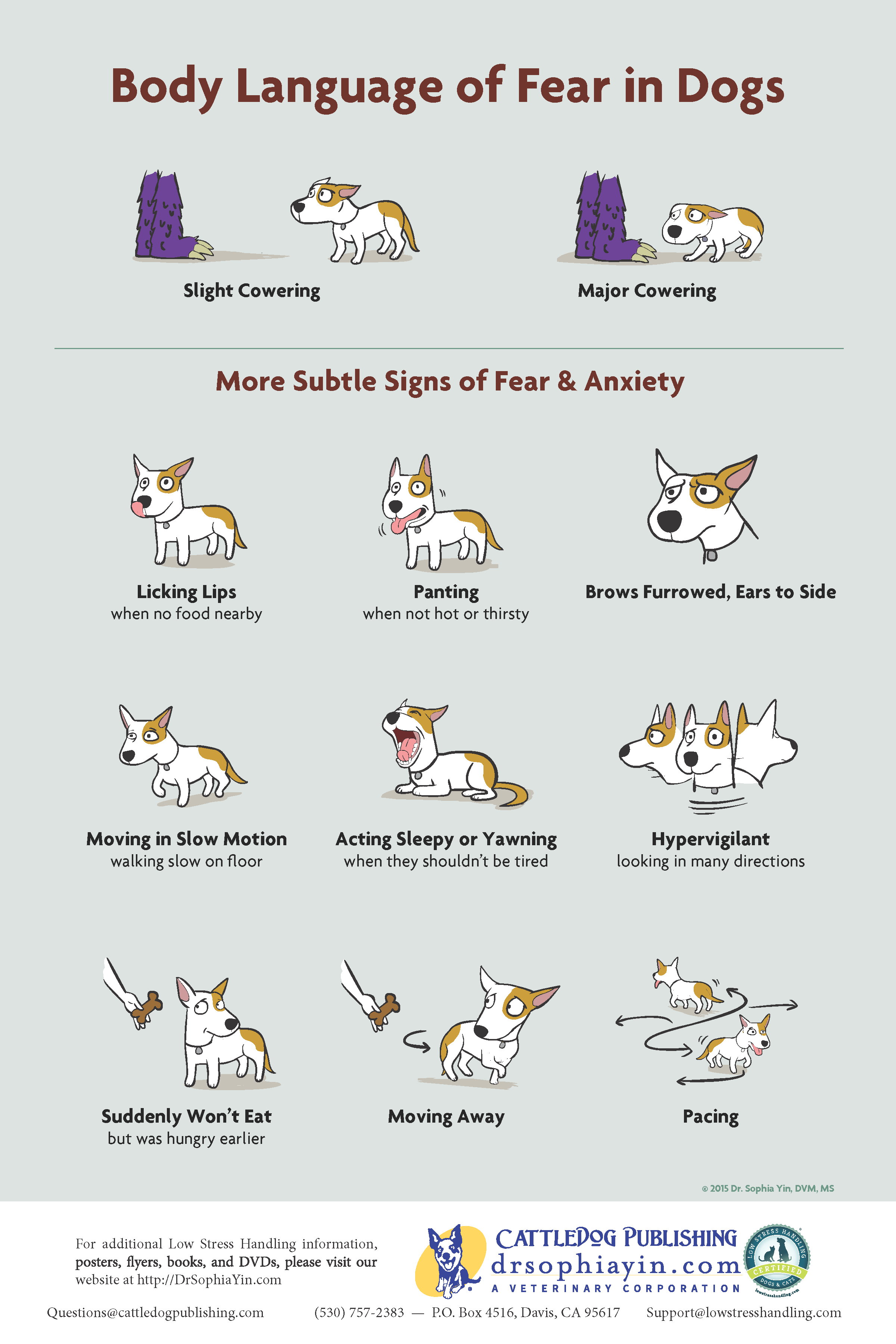Dogs and children can be great friends, but they need some guidance and supervision to get along well. Dogs may not understand children’s behavior, and children may not know how to respect dogs’ boundaries. Here are some tips on how to create a loving and safe relationship between your dog and your toddler.
1. Never leave your toddler and dog unsupervised. Even if your dog is friendly and well-trained, accidents can happen. Always keep an eye on them and intervene if you see signs of stress or discomfort from either party.
2. Invest in baby gates. This will give both your toddler and dog the freedom to roam and have their own separate spaces for playing and napping. You can also use baby gates to block off areas that are off-limits to your dog, such as the nursery or the kitchen.
3. Provide an example of calm interaction with the dog. As a dog parent, you need to make sure that you are petting and interacting with your dog regularly. This will show your toddler how to treat the dog with kindness and respect. You can also teach your toddler some basic commands, such as “sit” or “stay”, and reward the dog with treats when he obeys.
4. Teach your toddler to respect the dog’s body, safe zones, and belongings. Explain to your toddler that dogs don’t like to be hugged, kissed, pulled, or poked. Show your toddler how to gently stroke the dog’s back or chest, and avoid touching his face, ears, tail, or paws. Also, teach your toddler not to bother the dog when he is eating, sleeping, or resting in his crate or bed. Finally, teach your toddler not to take away the dog’s toys, bones or food, and provide him with his own toys instead.
5. Demonstrate correct behavior. If your toddler does something that annoys or scares the dog, correct him immediately and calmly. For example, if your toddler grabs the dog’s fur, say “No, that hurts the dog. Let go gently.” Then show him how to pet the dog softly. If your toddler chases the dog, say “No, that scares the dog. Stop running.” Then show him how to walk slowly and quietly around the dog.
6. Praise and reward positive interactions. When your toddler and dog are playing nicely together, give them lots of praise, treats and attention. Your dog will learn that good things happen whenever kids are around, and your toddler will learn that being gentle and respectful with the dog is fun and rewarding.
By following these tips, you can help your dog and your toddler develop a strong bond that will last a lifetime.



